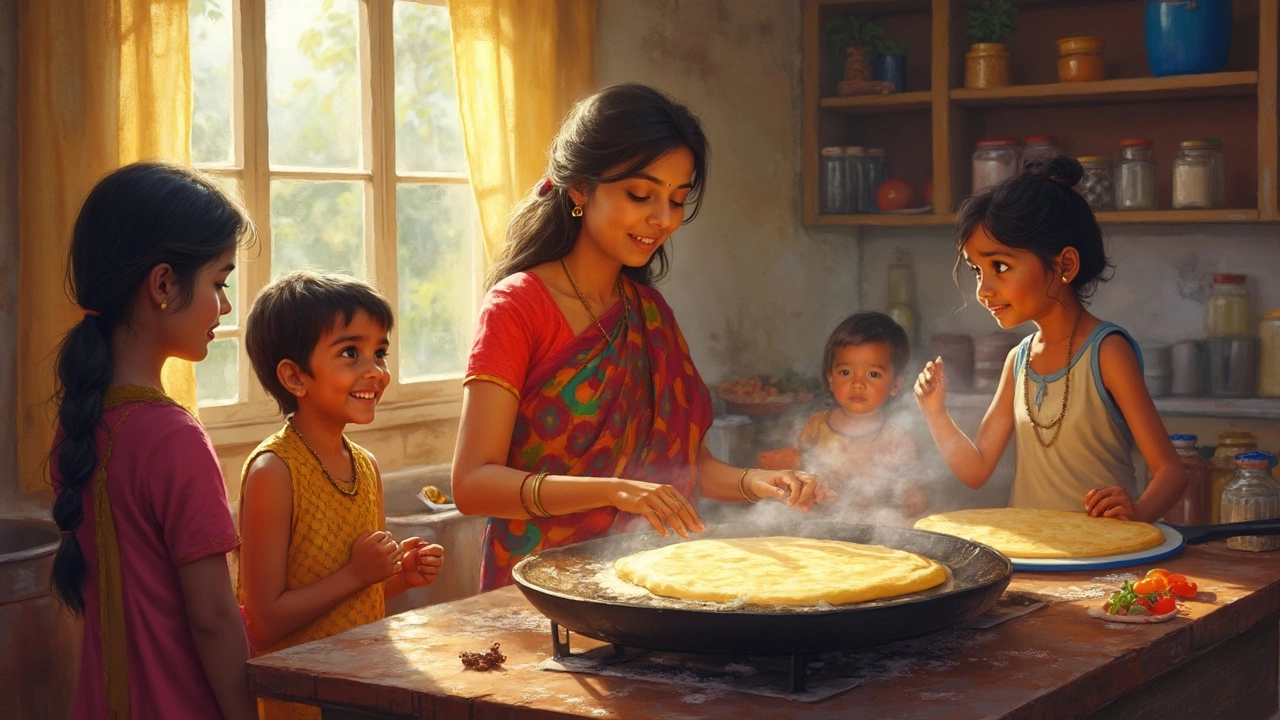Chapati Portion Control: Mastering Serving Sizes for Healthier Meals
When working with Chapati Portion Control, the practice of measuring exactly how many chapatis you put on the plate to keep meals balanced. Also known as chapati serving size, it helps you avoid overeating while still enjoying the taste of fresh Roti, the everyday Indian flatbread that many call chapati. By pairing each serving with a clear Calorie count, you can track energy intake without guessing. This matters because a single chapati can range from 70 to 120 calories depending on thickness, flour type, and oil usage. Understanding these numbers lets you fit chapati into any diet—whether you’re counting macros, managing weight, or simply trying to eat more mindfully.
The key to effective portion control starts with the dough. Using whole wheat flour adds fiber, which keeps you full longer and smooths out blood‑sugar spikes. A simple rule of thumb: one medium‑sized chapati (about 7‑inch diameter) should weigh roughly 40‑45 grams before cooking. After it hits the hot pan, it swells a bit, so you end up with a 50‑gram final product—perfect for a balanced lunch or dinner. When you add a teaspoon of oil to the dough, you boost softness but also add around 40 calories per chapati, so adjust the count accordingly. Pairing your chapati with protein‑rich dishes like dal or paneer, and a side of vegetables, creates a complete meal that satisfies hunger without excess calories. For those who meal‑prep, pre‑rolling the dough into uniform circles and storing them in the fridge makes it easy to grab the right number of chapatis each day, turning portion control into a habit rather than a chore.
Practical Tips for Managing Chapati Portions
Start by deciding how many chapatis fit your plate before you even heat the tawa. A common habit is to stack two or three chapatis, but for most adults a single chapati plus a generous scoop of dal, a handful of veggies, and a protein source hits the sweet spot. Measure the rolled dough with a kitchen scale—this single step eliminates guesswork and lets you calculate precise calorie totals for the whole meal. If you’re short on time, use a standard kitchen spoon: about 2 tablespoons of dough equals one chapati for most people. Another trick is to slice the cooked chapati into quarters and eat only the needed pieces, keeping the rest for later or freezing them for another day. This way, you never feel deprived, and leftovers stay fresh. Finally, keep a simple log—write down the number of chapatis, the type of flour, and any added oil. Over a week you’ll see patterns, spot where you might be over‑ or under‑serving, and adjust accordingly. With these habits, Chapati Portion Control becomes a natural part of every meal, letting you enjoy authentic Indian flavors while staying on track with your health goals.

Chapati Portion Control: The Ideal Daily Serving for a Healthy Lifestyle
Want to keep your chapati intake in check without sacrificing your favorite meals? Understanding chapati portion control can be the key to maintaining a healthy lifestyle. This article delves into how many chapatis you should eat in a day, considering factors like body mass index (BMI) and the calories in one roti. From local dietary practices to step-by-step guidance, we've got everything you need to know to make informed choices.